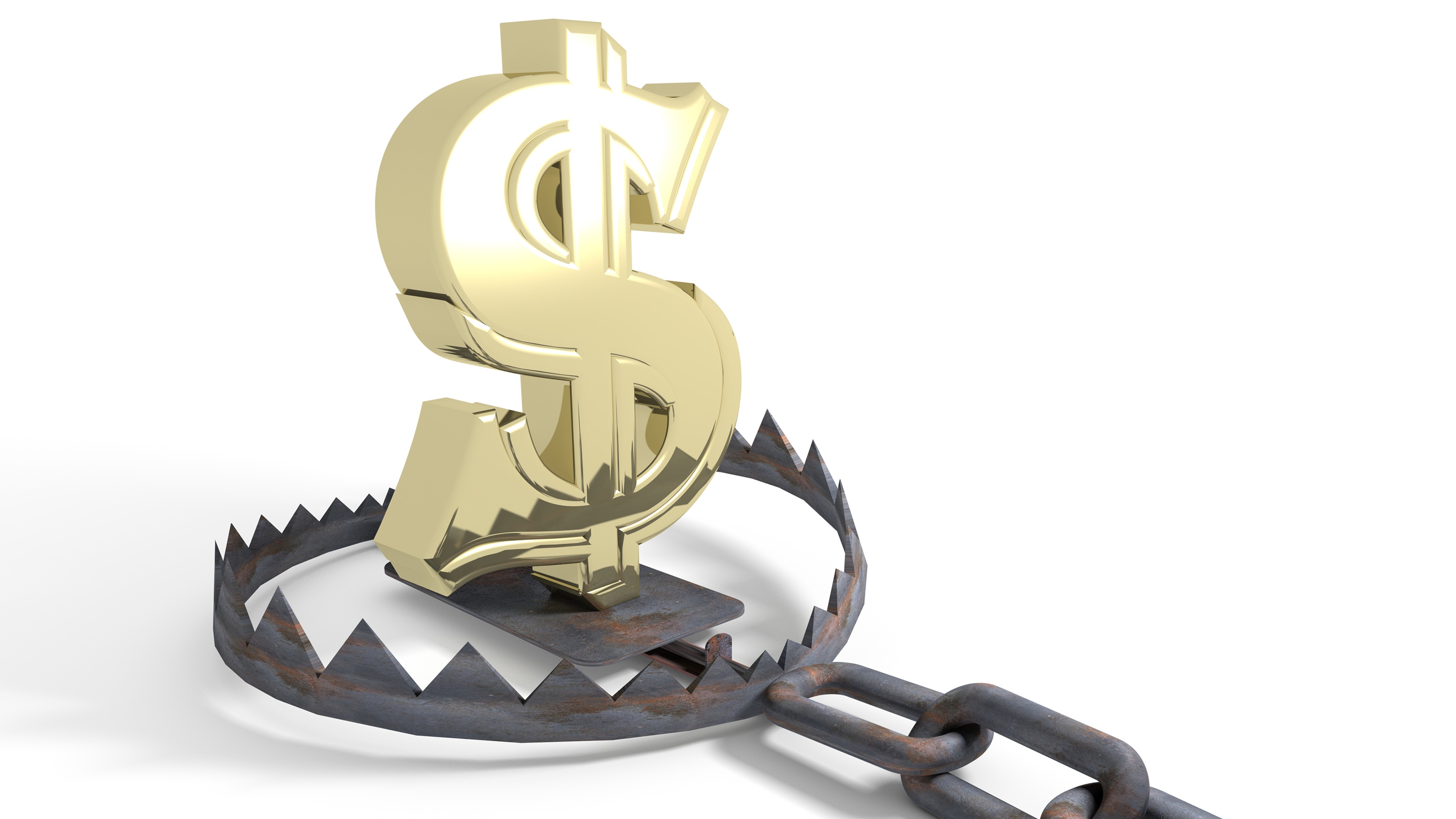Stock Market Losses or Lower Returns: Which Is More Dangerous to Your Retirement?
One eye-opening, simple math equation can clearly show retirement savers the answer to that question, and if you are among those investors who take pride in their high-performing portfolios, you may be surprised.


Do you want to make your savings last throughout retirement? If you do (and of course you do), I believe that once you are within five years of retirement, you need to invest more conservatively than you did while you were growing your savings. But in most cases, a more conservative approach translates into lower returns. Is it a worthwhile trade-off?
I believe so, and I’d like to illustrate my point with a question: If you lost 50% of your money in a bear market, how much would you need to make to get back to even? Did you say 50%? If so, you’re in good company: When I ask this question during seminars, that’s usually the answer I receive. It’s also a wrong answer. Let’s do the math:
How a 50% Gain Can Result in a $250,000 Loss
If you had $1 million saved for retirement and lost 50%, you would have $500,000. Ouch. If you made 50% on that $500,000, you’d make $250,000, which would bring your total up to $750,000, not $1 million. You’d need to make 100% to get back to even.
From just $107.88 $24.99 for Kiplinger Personal Finance
Be a smarter, better informed investor.

Sign up for Kiplinger’s Free Newsletters
Profit and prosper with the best of expert advice on investing, taxes, retirement, personal finance and more - straight to your e-mail.
Profit and prosper with the best of expert advice - straight to your e-mail.
And if you did need to make 100% to get back to even, how long would that take you? At 2% per year, it would take you 35 years to recover. If you made 6% per year, you would need 12 years to get back to even. Even if you made 10% per year, it would still take you seven years to recover your money. And what are the odds you’d make 10% every year for the next seven years? Sounds like a pretty high expectation to me.
How Realistic Is a 50% Loss?
That's the cost of losing money, and that’s why I believe losing money is more dangerous to your retirement than lower returns. Yes, losing 50% of your money may be an extreme example, but people have lost that much, and in recent memory. The S&P went down almost 50% in the Y2K bear market, and dropped 57% in 2008.
One more factor to consider: I don’t believe many retirees can afford the time cost involved with waiting. If you were retired and living on your investments, would you be able to drastically cut your cost of living while you were waiting for your money to come back to even?
What People Near Retirement Should Do
In my opinion, the best way to make your savings last is to employ a conservative investment approach once you’re within five years of retirement. That approach should include:
- Taking only as much risk as is necessary to accomplish your financial goals.
- Employing a strategy that can protect your investments during bear markets.
Yes, those tactics may result in lower returns. But as I think I’ve shown, the cost of lower returns can be worth the cost of protecting your retirement.
Profit and prosper with the best of Kiplinger's advice on investing, taxes, retirement, personal finance and much more. Delivered daily. Enter your email in the box and click Sign Me Up.

Ken Moraif is the CEO and founder of Retirement Planners of America (RPOA), a Dallas-based wealth management and investment firm with over $3.58 billion in assets under management and serving 6,635 households in 48 states (as of Dec. 31, 2023).
-
 Trade Uncertainty Sparks Whipsaw Session: Stock Market Today
Trade Uncertainty Sparks Whipsaw Session: Stock Market TodayVolatility is making a cameo here in mid-October, a generally positive month marked by its historic stock market events.
-
 How to Add Your Passport to Google Wallet
How to Add Your Passport to Google WalletTravelers can now store and use their digital passport on Android for faster, more secure airport experiences.
-
 Medicare Open Enrollment: Why You Need to Pay Extra Attention to Part D, From a Financial Adviser
Medicare Open Enrollment: Why You Need to Pay Extra Attention to Part D, From a Financial AdviserThe lowest premium for prescription drug coverage might not actually save you the most money. Make sure you take copays into consideration and do the math.
-
 How the One Big Beautiful Bill Will Change Charitable Giving
How the One Big Beautiful Bill Will Change Charitable GivingTaxpayers who don't itemize will be able to take a bigger deduction for donations, which could boost giving. However, high-income donors could see their tax benefits reduced.
-
 A 'Fast, Fair and Friendly' Fail: Farmers Irks Customers With Its Handling of a Data Breach
A 'Fast, Fair and Friendly' Fail: Farmers Irks Customers With Its Handling of a Data BreachFarmers Insurance is facing negative attention and lawsuits because of a three-month delay in notifying 1.1 million policyholders about a data breach. Here's what you can do if you're affected.
-
 Serving the HNW Market: How Financial Advisers Can Break Through and Deliver Lasting Value
Serving the HNW Market: How Financial Advisers Can Break Through and Deliver Lasting ValueFinancial advisers have a significant opportunity to serve high-net-worth clients by elevating their capabilities, delivering comprehensive planning, building diverse teams and prioritizing family wealth education.
-
 Don't Just Sell, Connect: How Financial Advisers Can Ignite Their Sales Growth
Don't Just Sell, Connect: How Financial Advisers Can Ignite Their Sales GrowthAvoid complacency and embrace small, consistent improvements to optimize your sales process and results.
-
 Are You a Small Business Owner Buckling Under Economic Pressure? Here's How You Can Cope
Are You a Small Business Owner Buckling Under Economic Pressure? Here's How You Can CopeSignificant emotional and financial challenges, including tariff worries, are piling up on small business leaders. Here's how leaders can develop more healthy coping strategies and systems of support.
-
 To Raise Prices or Not to Raise Prices: Tariff Tips for Small Businesses
To Raise Prices or Not to Raise Prices: Tariff Tips for Small BusinessesSmall businesses are making critical decisions. Should they pass on higher costs due to tariffs, or would that only cost them more in lost customers?
-
 Five Retirement Planning Traps You Can't Afford to Fall Into, From a Wealth Adviser
Five Retirement Planning Traps You Can't Afford to Fall Into, From a Wealth AdviserTo help ensure you reach your savings goals and enjoy financial security in your golden years, be aware of these common pitfalls. The key is to be proactive, informed and flexible.